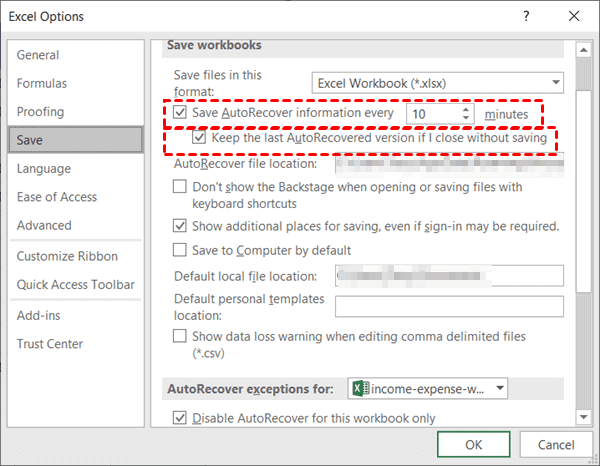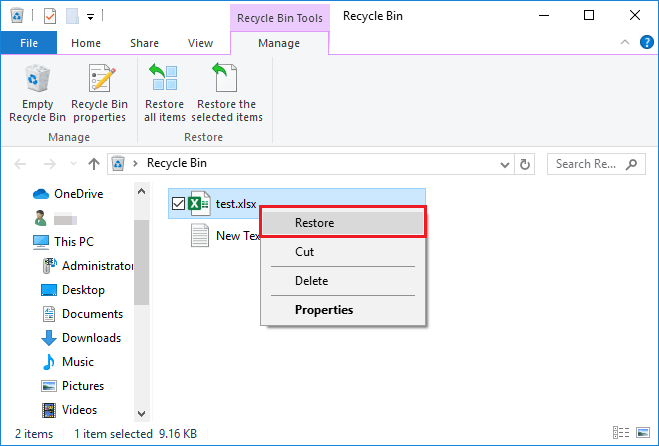Restore Your Deleted Excel Sheet Easily with These Tips

Excel spreadsheets are a staple in data management, accounting, business tracking, and countless other professional and personal applications. Imagine the sheer panic when you realize an essential sheet has been deleted. This mishap can lead to a significant loss of valuable data, time, and productivity. Fortunately, recovering a deleted Excel sheet is often easier than you might think, provided you act promptly and follow a few simple steps.
Immediate Actions to Take

Upon discovering the deletion of an Excel sheet, your first action should be:
- Close Excel: Avoid further changes to minimize the risk of overwriting data.
- Check Recent Files: Use File > Info > Manage Workbook > Recover Unsaved Workbooks to see if Excel has autosaved your file.
- Search for AutoRecover Files: Look in the default AutoRecover location: File Explorer > C:\Users\YourUsername\AppData\Roaming\Microsoft\Excel
Using Excel’s Built-in Recovery Options

Excel has several features designed to help recover lost data:
Undo Delete

If you’ve just deleted a sheet and you’re still in the same Excel session, try:
- Press Ctrl + Z or click the “Undo” button in the Quick Access toolbar.
- Repeat as necessary to undo multiple actions.
⚠️ Note: This only works if you haven’t saved the workbook since deleting the sheet.
Recover From Crash

If Excel crashes:
- Restart Excel; it will attempt to recover files.
- If prompted, select “Recover” to access potentially unsaved workbooks.
Backups

If you’ve set up file backups:
| Backup Service | Recovery Process |
|---|---|
| Cloud Sync (OneDrive, Dropbox) | Access the cloud storage via a web browser, go to the Recycle Bin or Trash, and restore the deleted file. |
| External Drive Backup | Connect the external drive, navigate to the backup folder, and copy the file back to your computer. |

Advanced Recovery Techniques

When the basic steps don’t suffice, here are more advanced options:
Data Recovery Software

- Use specialized software like Recuva, Disk Drill, or Stellar Data Recovery.
- Scan your storage device for remnants of the deleted file.
- Recover the file with a few clicks, though success depends on how overwritten the data is.
Professional Recovery Services

When DIY methods fail, consider:
- Professional data recovery services which can have higher success rates and can recover data from physical damage.
Wrapping Up the Recovery Process

Once you’ve managed to recover your Excel sheet, it’s wise to:
- Save the workbook immediately.
- Create a backup to prevent future losses.
- Implement a regular backup strategy to safeguard your data.
In summary, while the deletion of an Excel sheet can seem like a disaster, there are multiple methods to restore your work, from simple undo operations to engaging professional recovery services. Acting quickly and understanding the recovery tools at your disposal can make the process smooth and efficient, minimizing the impact on your work and productivity.
Can I recover an Excel sheet if I’ve already saved the workbook after deleting the sheet?

+
In most cases, no. If you save the workbook after deleting a sheet, the deleted sheet’s data is overwritten, making recovery challenging. However, if you have backups or use version control, recovery might still be possible.
What should I do to prevent data loss in the future?

+
Regular backups are key. Use cloud storage, external drives, or software with automated backups. Also, enable AutoRecover, version control, and save frequently.
Are there any third-party tools that can help recover deleted Excel sheets?

+
Yes, tools like Recuva, Disk Drill, and Stellar Data Recovery can scan and recover deleted files. Their effectiveness depends on the level of data overwriting post-deletion.



